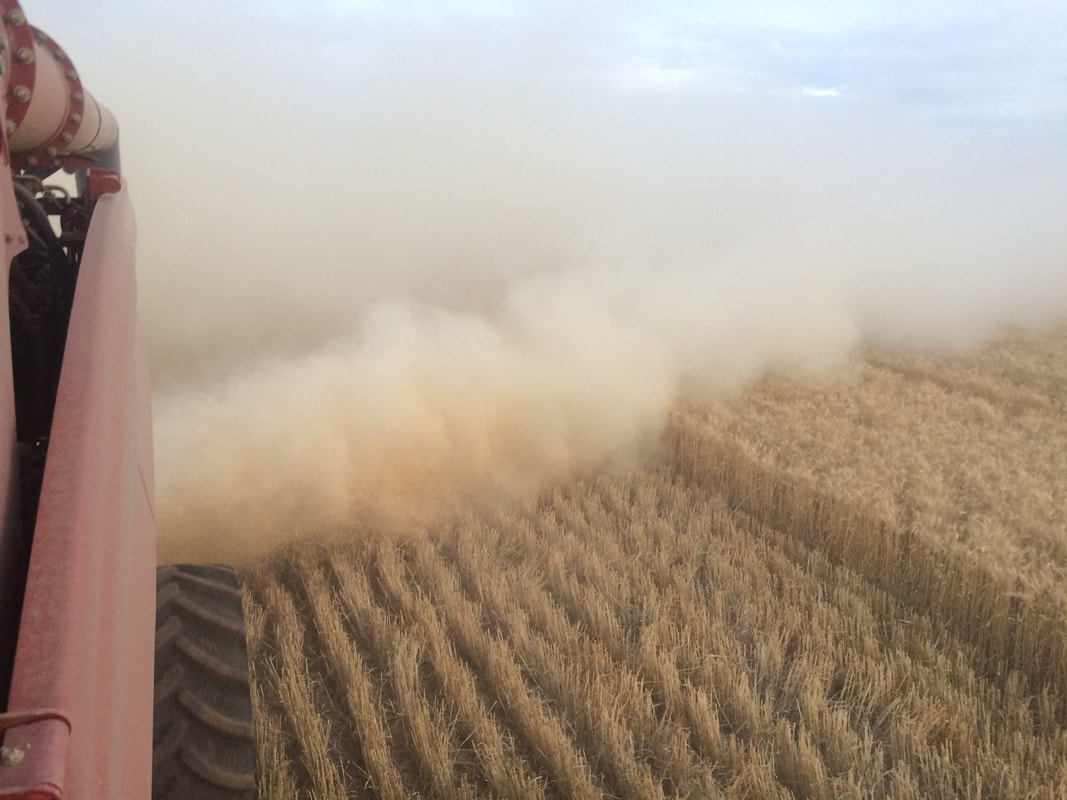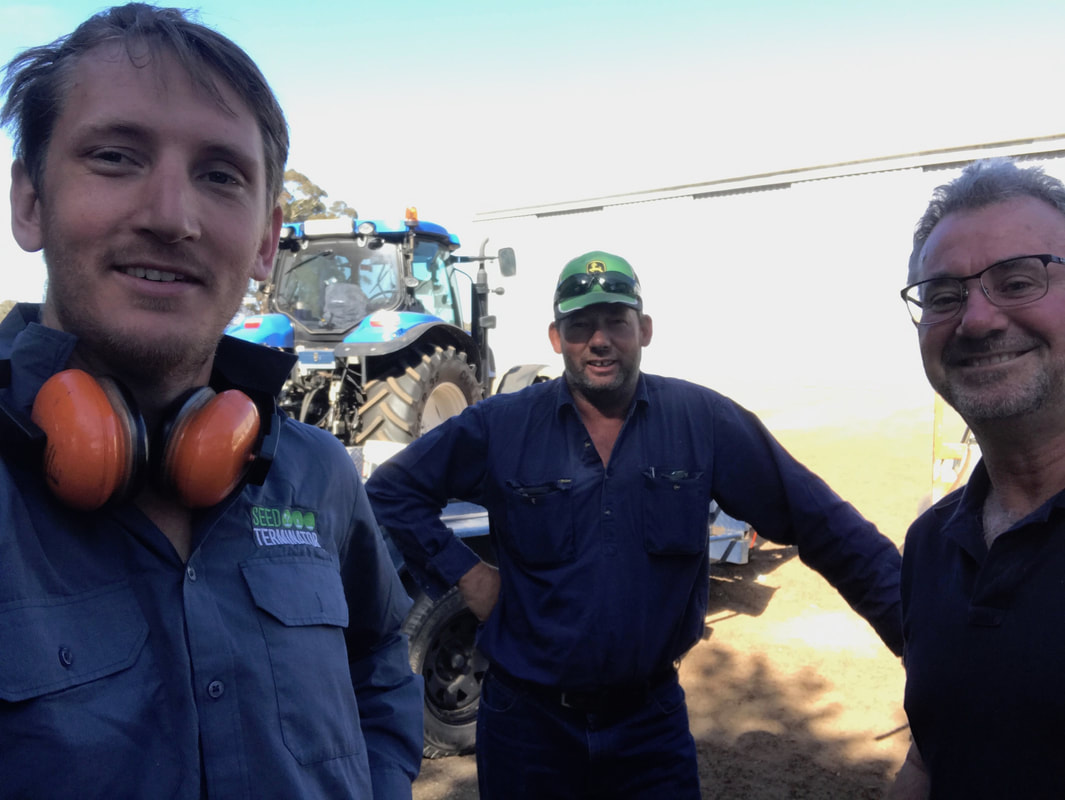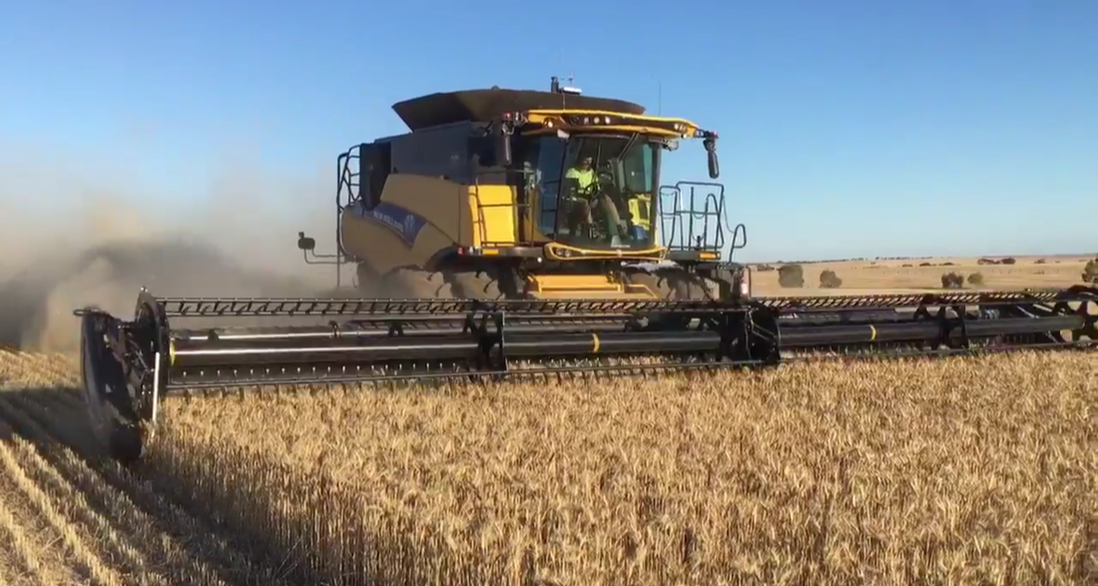0 Comments
How does it feel not burning and what did you do instead of burning this year? Burning an entire program of either windrows or chaff dumps was quite a time consuming job when you consider the time involved in the whole process from installing firebreaks around chaff dumps to lighting and monitoring fires and weather conditions. One of the things I enjoyed this year was not having to constantly monitor the wind forecast looking for good opportunities for burning dumps and then having to adjust the other farm activities to fit around this. This year we spent more time on doing some more liming, equipment prep for seeding. It certainly felt like we had more time. I think this is a difficult thing to put a value on but I believe that when I have seen it estimated at $2/ha it is undervalued…..obviously depending on what you choose to do with that time What do you think not burning does for your soils and future productivity?I think maintaining soil cover is important. Spreading the residue evenly across the width of the harvester is still a challenge though. We may see some N tie up from the build up of cereal stubbles in particular but I think the return of K into the system along with some moisture retention improvements should go a long way, if not beyond offsetting this.
|
Home
Seed TerminatorConversations with Farmers |
© COPYRIGHT 2020. ALL RIGHTS RESERVED.
|








 RSS Feed
RSS Feed